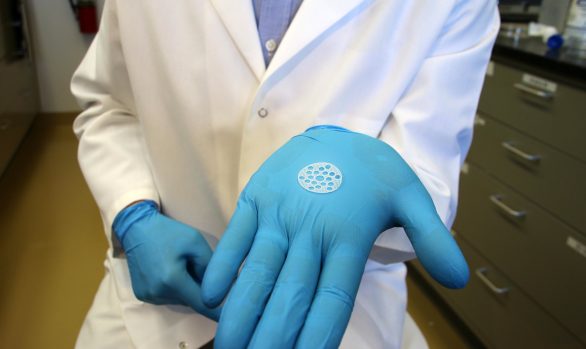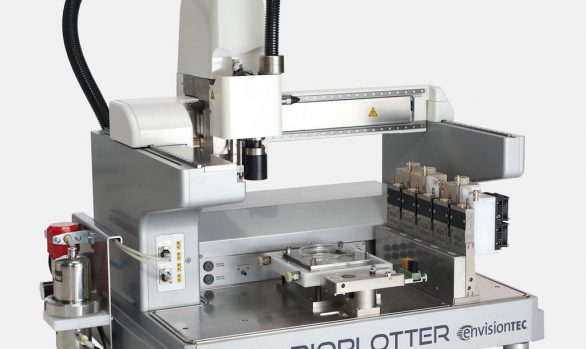Advancing bioinks for 3D bioprinting using reactive fillers: A review
Envisiontec Bioplotter.2“The growing demand for personalized implants and tissue scaffolds requires advanced biomaterials and processing strategies for the fabrication of three-dimensional (3D) structures mimicking the complexity of the extracellular matrix. During the last years, biofabrication approaches like 3D printing of cell-laden (soft) hydrogels have been gaining increasing attention to design such 3D functional environments which resemble natural tissues (and organs). “-Advancing bioinks for 3D bioprinting using reactive fillers: A review


